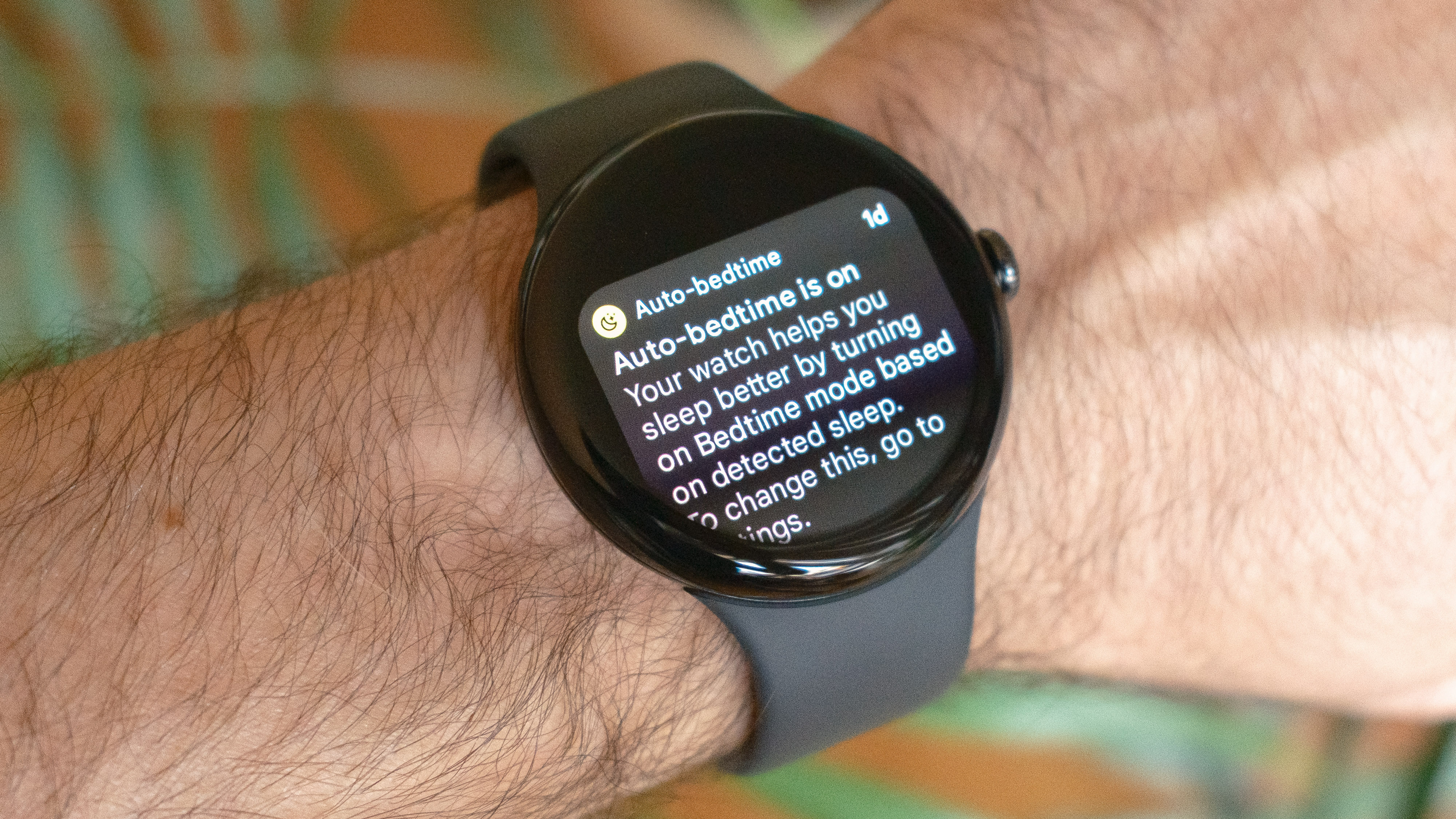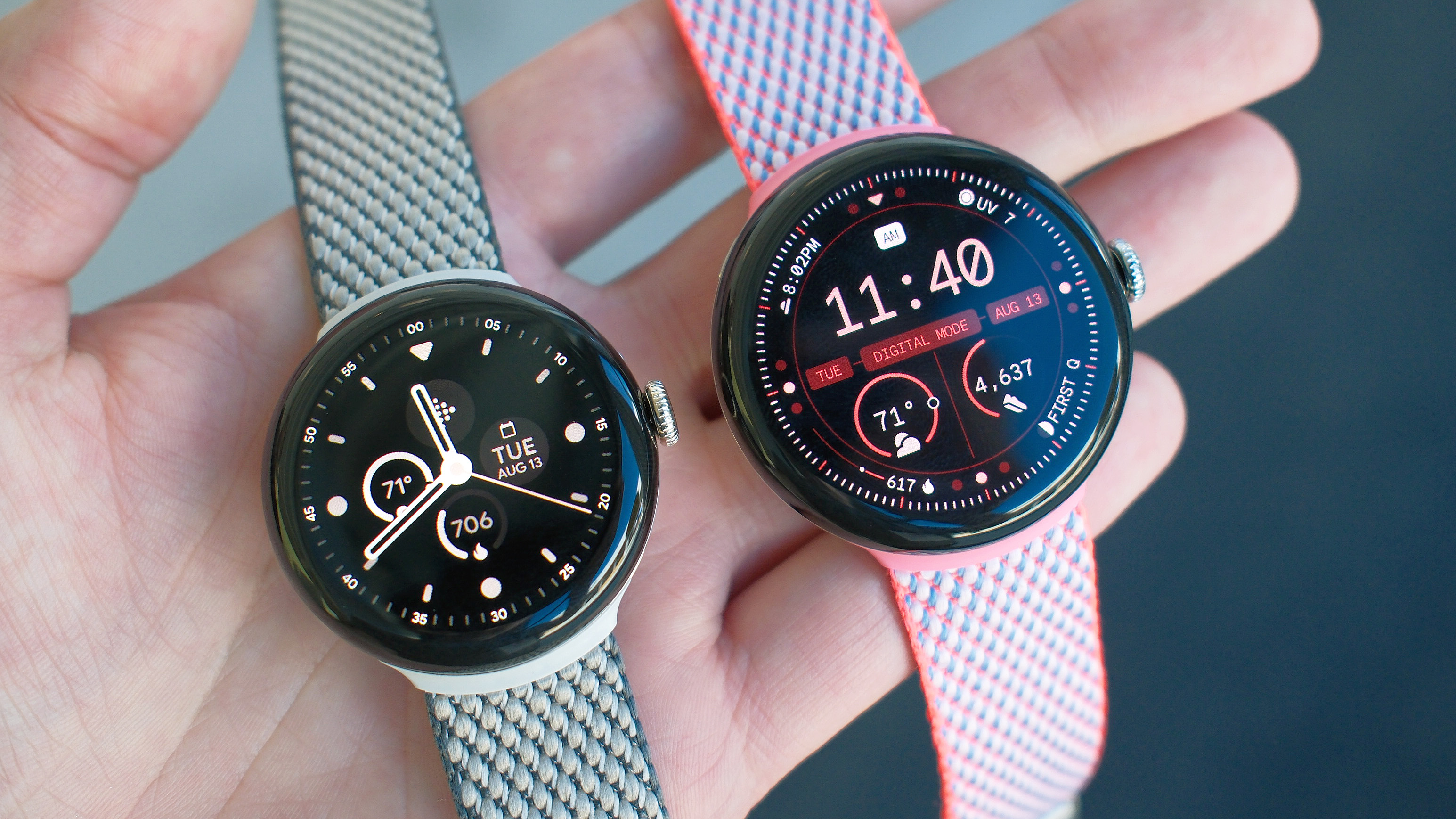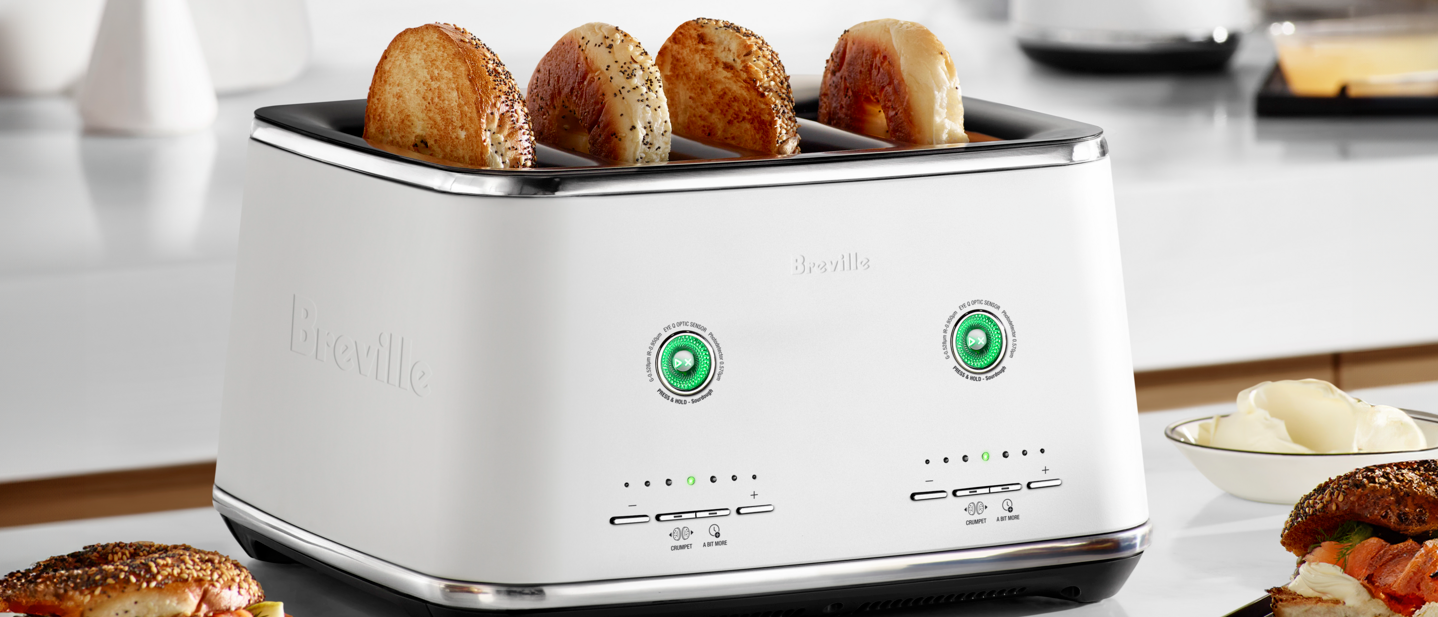The Pixel Watch 3 is my first ever smartwatch — and so far it’s just a glorified Fitbit

Smartwatches have been around for years, but I’ve never found them particularly interesting. I rarely go anywhere without my phone and all the things it can do, so I never really understood why I would pay a few hundred dollars for a device that offers a worse version of that.
The closest I ever came was buying Fitbit watches which, while smarter than an analog wristwatch, are not as versatile as the best smartwatches.
But that changed recently. Fitbit’s hardware days seem numbered, and during a recent vacation I had the opportunity to pick up a Google Pixel Watch 3 for an exceptionally good price. So I decided to upgrade from my Fitbit Versa 4, which I picked up instead of the original Pixel Watch, and purchase my very first smartwatch. The only problem is I’m struggling to actually use it as more than just another Fitbit.
Smartwatches never appealed to me

Back in the far off days of early 2009, back in the days when my most hi-tech piece of technology was an iPod (pre-Classic), I wouldn’t be seen dead without a watch. I liked being able to know what time it was, especially since I went to a school that didn’t really believe in wall clocks. But leaving school and buying an iPhone 3GS changed that.
Unlike the sliding Samsung phone I had before, which was a hand-me-down of a hand-me-down, this phone was actually capable of doing things — and I got into the habit of checking my phone instead of my wrist. My supervisor didn’t really like that I did this, but she also didn’t actually like me and nothing I did was going to change her mind. It didn’t take very long to give up on the watch and go about my business with bare wrists for the first time in years.
Fast forward 4 years and I’d switched to Android phones, and the first smartwatches were arriving on the scene. We were still pre-Apple Watch, but the likes of Pebble and Samsung Galaxy Gear were going on sale, which heralded a whole new era of “smart” devices. Just not to me.
My opinion at the time was that smartwatches were stupid, and the idea of having a bulky-rectangular wrist computer was pretty redundant compared to just using a phone. Especially since those early smartwatches needed to be connected to a nearby phone to fulfill their potential.
Get instant access to breaking news, the hottest reviews, great deals and helpful tips.
Things have changed over the years, especially as LTE smartwatches have become more commonplace. Assuming you’re willing to pay the premium, a smartwatch is much more of a standalone device. Meanwhile fitness trackers evolved into what are functionally “lite” smartwatches, offering a range of basic smart features — but nowhere near as many as a smartwatch.
My Fitbit Versa 4, for instance, had Google Wallet, Alexa, Google Maps, YouTube Music, phone call support and the usual array of Fitbit features. It just didn’t give you the option to expand upon those basics, or even disable the apps you don’t want. Which was very frustrating for me, having to dismiss YouTube Music prompts every time I attempted to work out and watch YouTube on my phone. But I digress.
It’s also worth noting that smartwatch makers have tried to make their devices more specialized, and take advantage of that constant physical connection to the wearer. Phones can’t monitor blood oxygen, fall detection or monitor heart health because they’re not strapped to your body all day long.
They’re useful things to have, I’m guessing. I’m not sure, I’ve never really used them before. But it does show that smartwatch makers did figure out that they needed to offer more than a smaller, worse version of a smartphone that lives on your wrist.
I forget that my Pixel Watch 3 does more than a Fitbit

I’ve only had a Pixel Watch 3 for a couple of weeks, and I’m still trying to adjust to having a wearable that can do more than just track my moments throughout the day — which is pretty much all my old Fitbit was good for. I’m more or less just slapping it on my wrist until it needs recharging, which is usually once every day or so.
I’ve set up all the health-centric features I can, like the ability to perform ECG scans, fall detection or loss of pulse alerts, but from a user standpoint those are pretty passive features. They aren’t really features that require much user input. Loss of Pulse detection and Fall Detection are completely passive, and only kick into gear when they’re needed. Which is kind of the whole point, to get you help when you can’t summon it yourself.
The main problem is that I’m struggling to get used to using apps on my wrist, especially when a lot of the apps I use on my phone aren’t actually available on Wear OS 5. All my smart home products haven’t been set up with Google Home, and since they can’t be directly downloaded to my Pixel Watch 3 I still have to rely on my phone to get stuff done. Switching to new services, or finally getting things connected through Google Home, is an adjustment in itself.
It definitely doesn’t help that I opted for the Wi-Fi version of the Pixel Watch 3. Having never purchased a true smartwatch before, it didn’t seem appropriate to go to the expense of buying an LTE watch — and paying to add it to my phone plan. The fact the watch is at its strongest when connected to my phone means I can’t really separate the two for very long. It takes a lot more than a couple of weeks to reprogram 15 years worth of habits that formed around owning a smartphone.
I am slowly getting there though, and I have seen some change. Navigating by wrist when I was lost in Japan is one great example, since it meant I didn’t need to keep my phone out all the time. Japan may be a pretty safe country as far as petty crimes like phone snatching go, but I can’t say the same for the U.K. Android 15’s Phone Theft Detection can only go so far, and the less I need to get around with my phone in full view of potential thieves, the better.
The same goes for setting morning alarms and navigating around my house in the dark. It’s a lot easier to flick on the Pixel Watch 3’s flashlight feature when it’s on your wrist, rather than find and mess about with my phone to turn on the camera flash. The phone flashlight may be brighter, but it also runs the risk of waking my sleeping girlfriend and blinding my dogs as I work my way around the house.
Bottom line

I’ve been so reliant on using my smartphone for stuff over the past decade and a half that it’s going to take some time before I can switch up how I go about my daily routine. The fact is I’ve never really had a device that could take over from my phone, even in a limited capacity. As time goes on, I’m sure I can trick my brain into realizing that sometimes it’s ok to do more things on a watch — rather than a phone.
It’ll certainly help if I can find more ways to access my apps via my watch, even if it means switching the type of software I use. But, like John McClane, old habits die hard and I’m just going to have to be patient and let the new routine form.
Thankfully being able to pick up the Pixel Watch 3 for a very good price, and likely much less than I’d have paid if I’d waited for the Black Friday sales, means that I’m not quite as frustrated with myself for not picking up those new wrist-based habits right away.
More from Tom's Guide
- 3 features you should never compromise on when you buy a cheap phone
- I tried the iPhone 16 Pro Max Camera Control for a month and it's a mess — here's why
- My Garmin watch alerted me to a heart issue I didn’t know I had — here’s how

Tom is the Tom's Guide's UK Phones Editor, tackling the latest smartphone news and vocally expressing his opinions about upcoming features or changes. It's long way from his days as editor of Gizmodo UK, when pretty much everything was on the table. He’s usually found trying to squeeze another giant Lego set onto the shelf, draining very large cups of coffee, or complaining about how terrible his Smart TV is.
